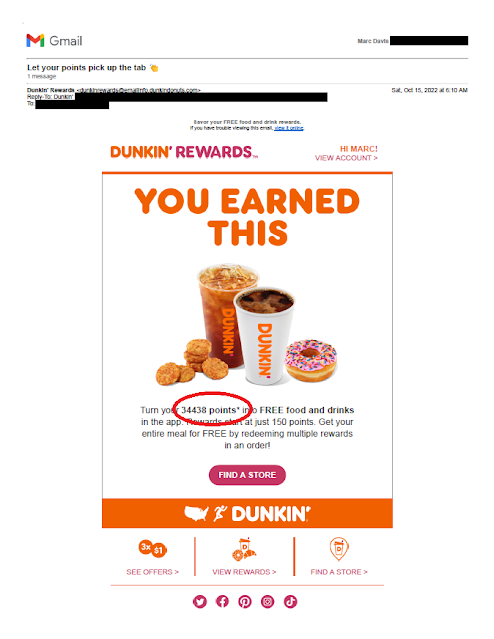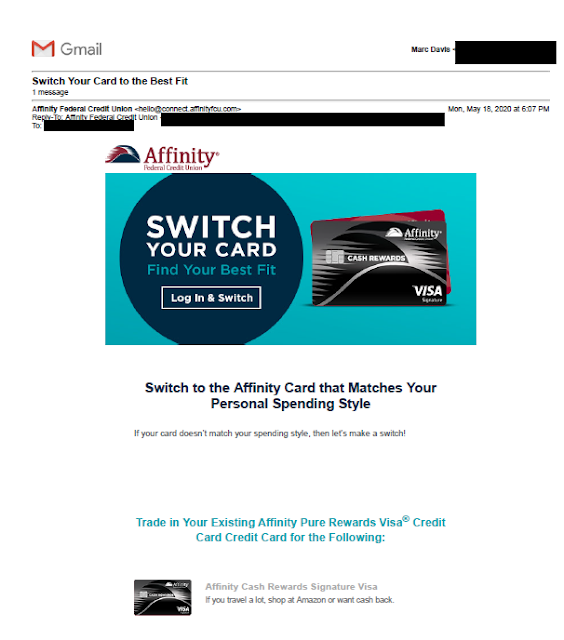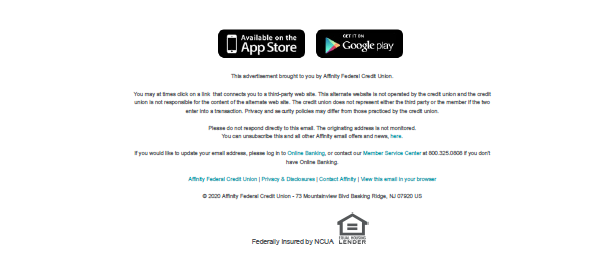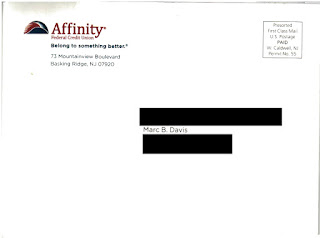Dunkin' recently overhauled their Dunkin' Rewards loyalty program. Some regular customers are not pleased. Coffee rewards that used to be available after spending $40 on coffee now require at least $50 in spend. The program has also become more complex, with a different points earning formula, monthly boosters and a greater emphasis on food. With greater complexity comes greater risk of error.
I would describe myself as an occasional coffee achiever. I might stop for coffee early in the morning when walking the dog, but not that often. I currently have 257 points according to my app -- not enough for one free coffee.
 |
| Screenshot showing I have 257 points |
So, imagine my surprise when I received this email.
 |
| Points amount email 34,438 points = almost 69 free coffees! |
The points value in the email is not only incorrect, it is outrageously wrong. Why would anyone hold on to 34,000 points?
In a prior role, I worked on a loyalty program mailing that included a mention of a customer's point balance. Here are some of the quality control steps I took:
- Verified output data against source data
- Verified lettershop proofs against both source data and output data
- Requested manual review of customers with points balance more than two standard deviations above the mean against source data.
Lesson:
When sending personalized information, verify the accuracy of all variable data including outliers.












